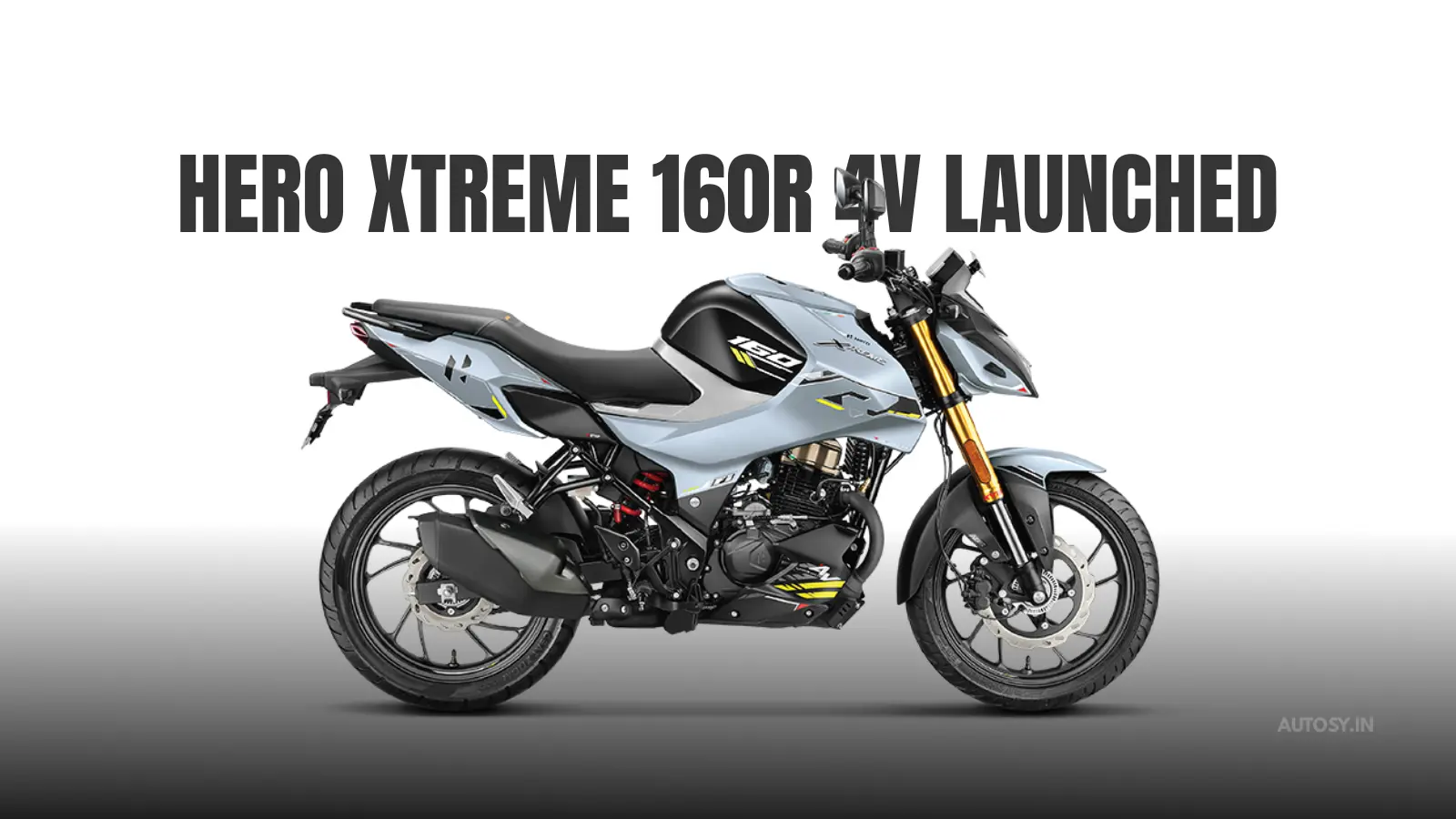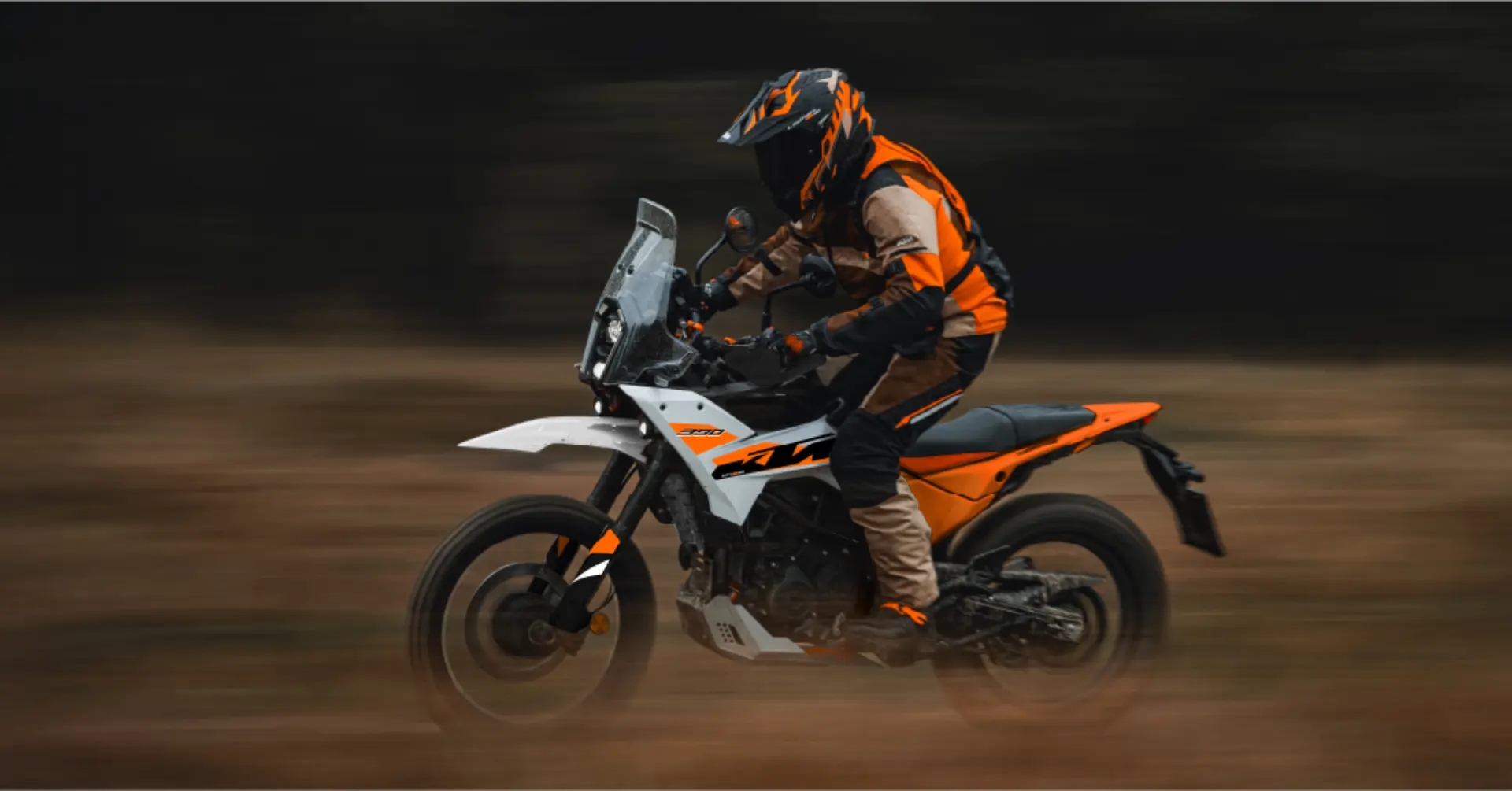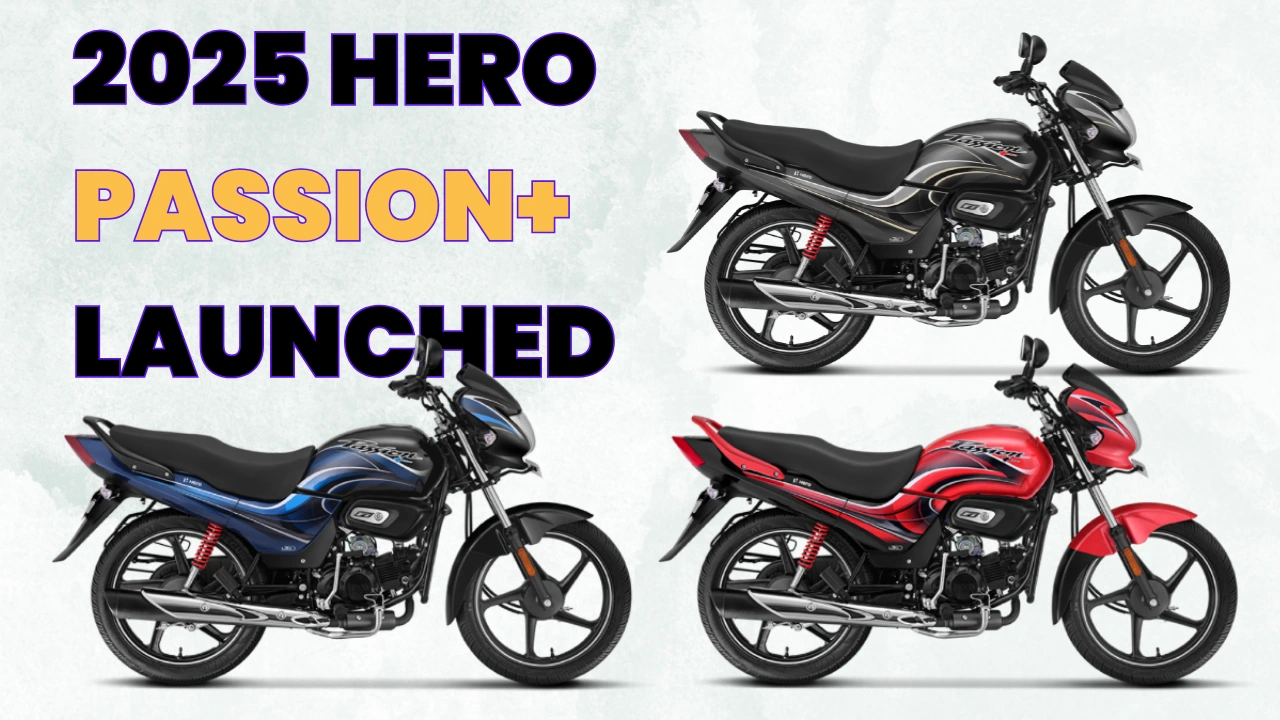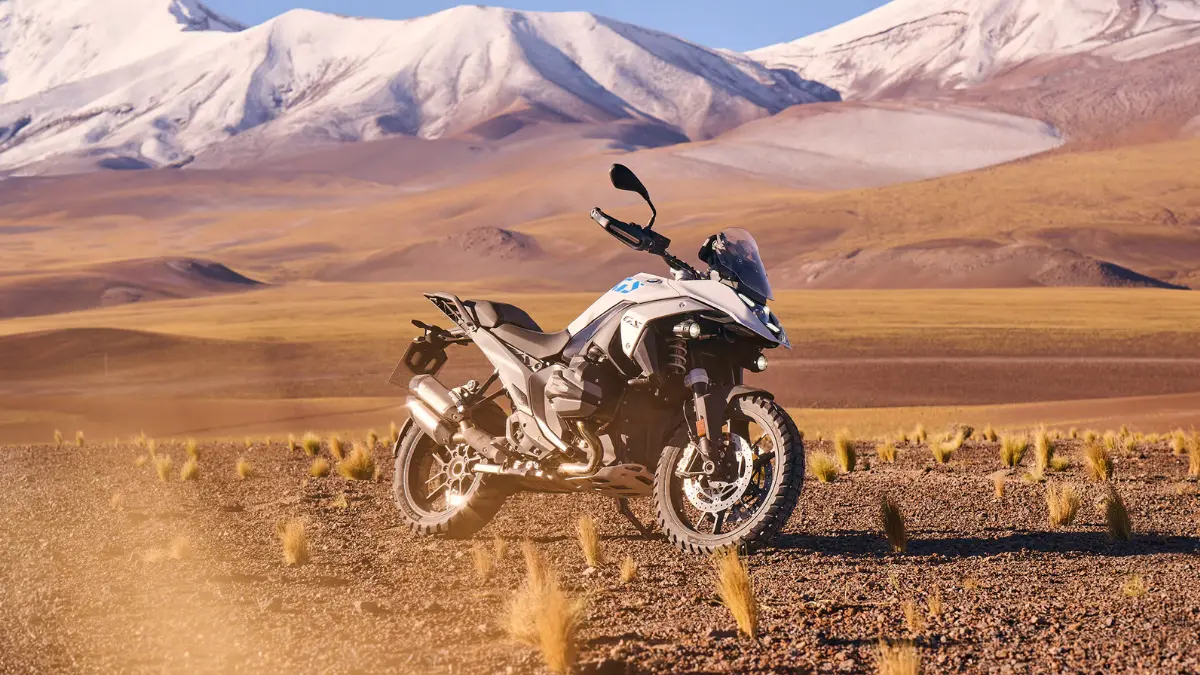Thinking of Buying a Used Bike? Here’s What You Must Know!
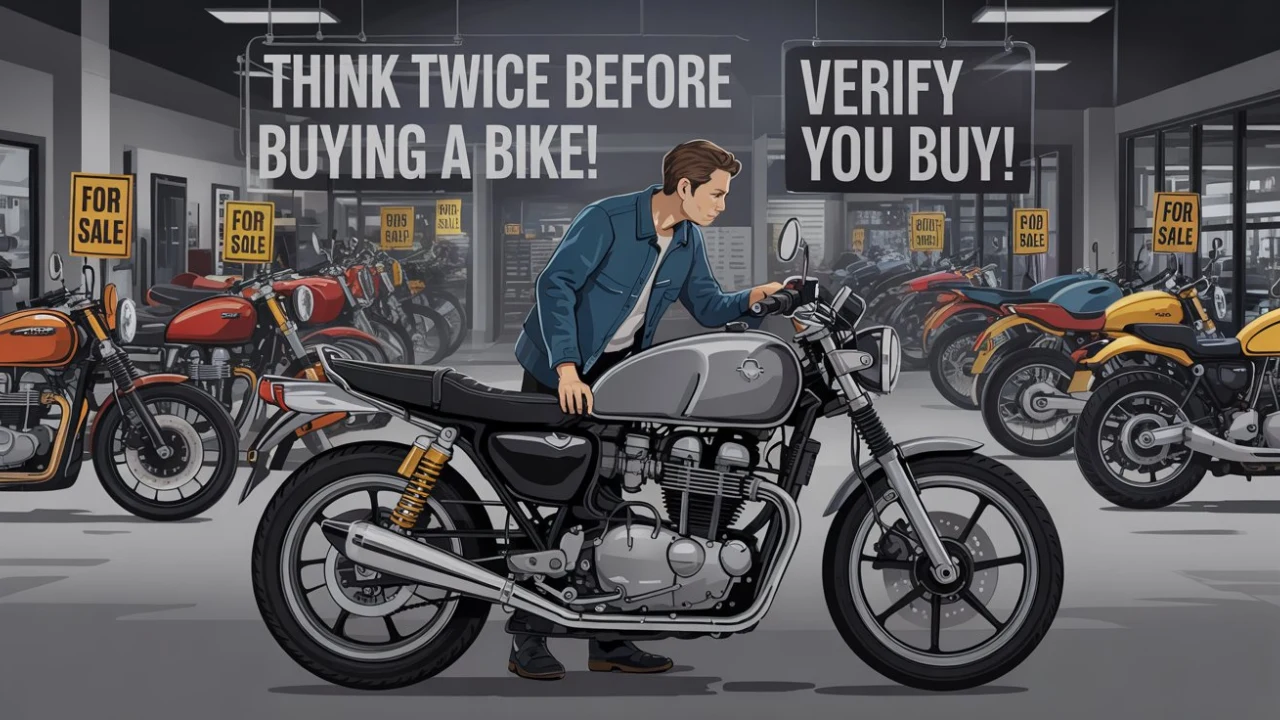
Why Buying a Used Bike Can Be Risky
A pre-owned bike can save you a lot of money, but it can also be a risky investment if you don’t do your due diligence. Many sellers—especially used bike dealers—use tricks to make an old or damaged bike look like a premium model. If you’re not careful, you might end up overpaying for a bike with hidden issues.
Common Scams in the Used Bike Market
1. Selling Accident-Damaged Bikes as Good Condition Ones
Some sellers take accident-damaged bikes, repair them superficially, and sell them without disclosing their history. Always check for repaint marks, mismatched parts, and frame welding—these can indicate past accidents.
2. Upgrading Base Models to Higher Variants
Certain dealers modify base models by adding decals and accessories to make them appear like higher-end variants. For example, a mid-range bike could be disguised as its top-end version just by adding stickers and a few cosmetic changes.
3. Tampering with Odometer Readings
Some dealers roll back the odometer to make a high-mileage bike appear less used. This makes the bike seem like a better deal than it actually is. Look for excessive wear on footpegs, grips, and brake levers—these can reveal the true condition.
How to Avoid Getting Scammed
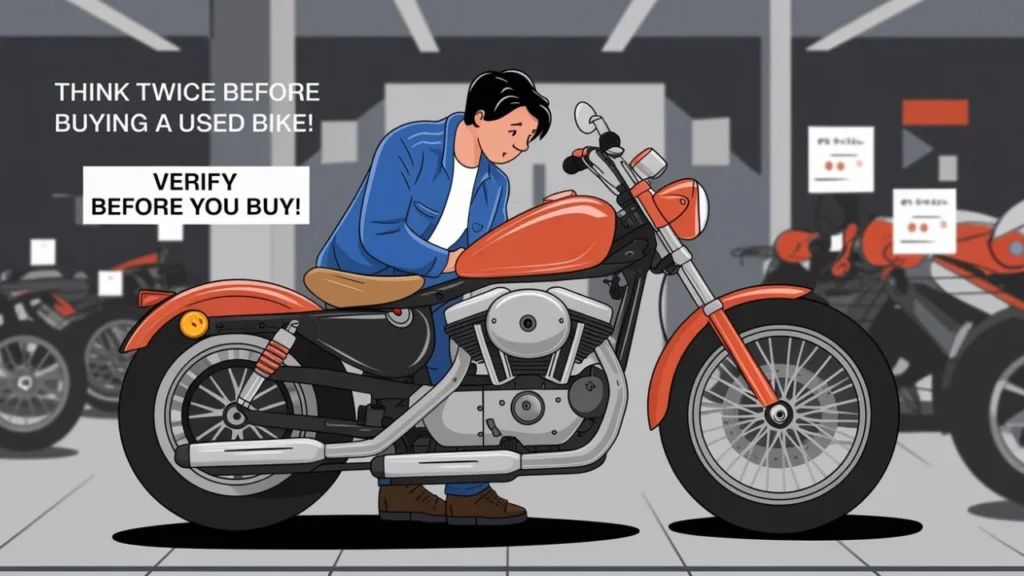
1. Inspect the Bike in Person
Never buy a used bike just by looking at online photos. Visit the dealer or seller, examine the bike closely, and take a test ride.
2. Verify the Variant and Features
If the bike has different variants, compare its features with the official brochure. Ensure it matches what the seller claims.
3. Ask for the Service History
A genuine seller should have a well-documented service record. This helps in identifying past issues and the actual usage of the bike.
4. Check for Accidental Damage
Look for signs of repainting, uneven panel gaps, and scratches on the chassis. If possible, get the bike inspected by a trusted mechanic before purchasing.
5. Ensure All Documents Are in Place
Verify that the RC (Registration Certificate), insurance papers, PUC (Pollution Under Control) certificate, and service records are genuine. Cross-check the chassis and engine numbers on the RC with the actual bike.
6. Compare Market Prices
Check the average price of the same model in different listings. If a deal looks too good to be true, it probably is.
Final Thoughts
Buying a used bike can be a smart decision if done right. However, rushing into a deal without proper checks can lead to costly mistakes. Follow these tips, stay alert, and ensure your purchase is worth every rupee.
Would you buy a second-hand bike, or do you prefer a brand-new one? Let us know in the comments!

